Batholiths Onland 2009
In July 2009, several IRIS/PASSCAL scientists assisted with the Batholiths Onland project. This large group effort involved over 50 scientists and grad students, for the purpose of making "a seismic refraction and wide-angle reflection survey across the Coast Mountains batholith of British Columbia, Canada."
This rather terse description does not really do justice to the project, which has the purpose of discovering why continental mountain ranges are often made of granite instead of basalt. This phase of Batholiths is for performing seismic imaging of the crust and mantle below the Canadian Rocky mountains in British Columbia, one of the largest collection of batholiths (from the Greek bathos, depth + lithos, rock, a large mass of intrusive igneous rock believed to have solidified deep within the earth) in the world. This involved deploying thousands of seismic sensors and recorders across British Columbia, and recording responses to several man-made detonations. These responses can then be analyzed to yield, first, seismic velocity profiles; these are then related these to variables such as density or temperature, which in turn are related to chemical composition of the crust and mantle. Many other sources of data are also used, including gravitometric measurements, geochronology, broadband recordings of natural earthquake tremors, and more.
According to John Hole, one of the project's Principal Investigators (PI's) from Virginia Tech, the basic goal of the project is to locate the "missing pyroxenes." In brief, as the mantle is distilled chemically below the crust, the result is primarily gabbro, a mafic rock quite similar to basalt in chemical composition. Further distillation of gabbro can remove the pyroxene components, leaving what is basically granite, which we see in these huge, beautiful batholiths.
The Canadian deployments took place from July 9th - 26th, 2009. Here follow a few snapshots of the highlights of this major seismological deployment.
| A Coast Mountains batholith, Bella Coola valley, British Columbia | 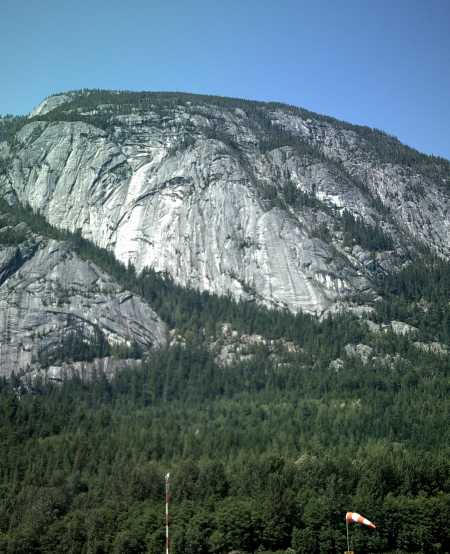 |
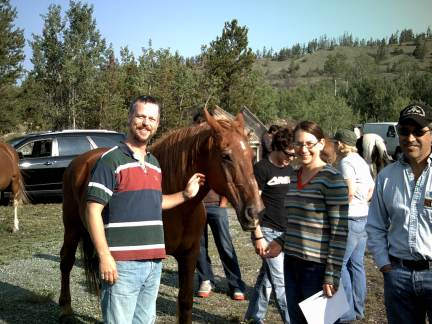 |
Principal Investigator (PI) Dr. John Hole (Va Tech), with a horse, and Pnina Miller and Willie Zamora of IRIS/PASSCAL. |
| At the Bella Coola field center, grad student Kai Wang of Va Tech loads batteries into Texan digitizers. Over 2000 Texans were used in this deployment, which utilized two separate field centers. |
 |
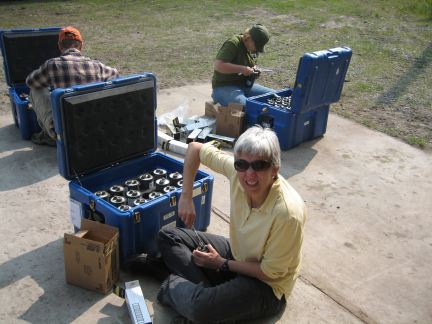 |
PI Kate Miller (UTEP) helps prepare the Texans at the Puntzi Lake field center. |
| Here, boat crews are busy deploying instrument stations along the fiords. | 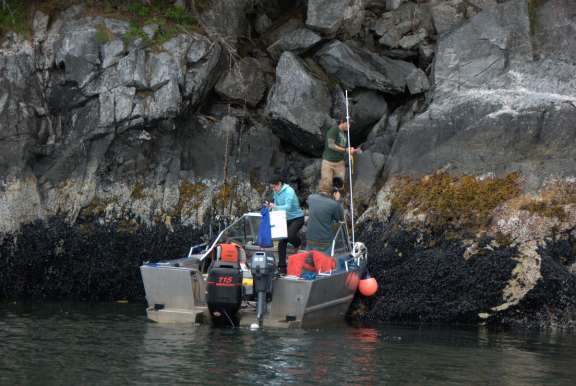 |
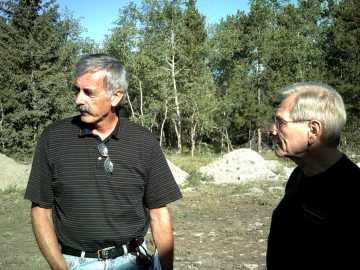 |
PIs George Spence and Ron Clowes monitor equipment packing for the return home. |
Want to see more of Batholiths 2009? The complete 13-page photographic essay can be found here.
- Home
- General Information
- Instrumentation
- Dataloggers
- Sensors
- All-In-One Systems
- Power Systems
- Field Procedures
- Controlled Sources
- Seismic Source Facility
- Magnetotelluric Systems at PASSCAL
- Ground Penetrating Radar
- Power and Memory Calculations Form
- Data Archiving
- Apply for a PI Account
- Experiment Scheduling
- Polar
- Important Hardware/Software Notes
- USArray
- Software

